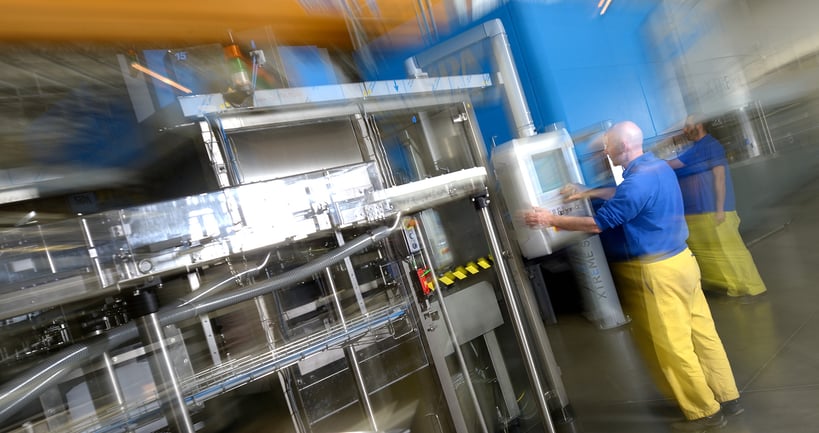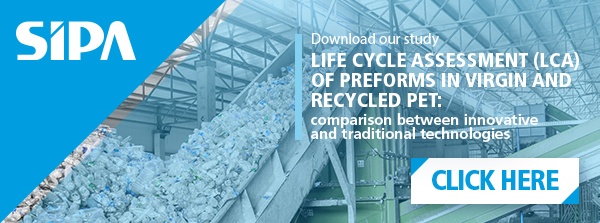
Within the company dynamics, the possible relocation of individual machines or an entire plant to a different production unit and the possible updating – retrofit – of the machinery are often examined.
These activities must be well thought out to ensure that they form the basis for an increase in performance while avoiding unexpected costs or excessive losses at the time of transition.
It is therefore good to examine the essential characteristics of these steps by analyzing the consequent risks and opportunities.
Plant relocation
Relocation refers to the process of dismantling, transporting and re-assembling a plant to a different production unit.
This activity may be necessary for various reasons, including expanding the business, streamlining operations, or selling the plant to another company.
Essential characteristics of the relocation
Dismantling and transport: The plant is dismantled, transported to the new site and re-assembled according to technical specifications.
Logistics planning: Careful planning is essential to avoid damage to equipment during transport.
Compatibility check: It is important to check that the plant is compatible with the new site in terms of space, infrastructure and operational requirements, it must also be adequate for the level of efficiency that the company intends to achieve.
Risks related to the relocation of the plant
A significant part of the risks related to the relocation of one or more machines of a plant concerns the costs of dismantling, transport and reassembly, added to the inactivity of production and the functionality of the reassembled machines themselves.
Again, the difference is made by the skills and experience of a company with specific expertise on a certain type of machine.
The resulting advantages are:
- Efficient use of resources: Relocation can allow companies to make the most of existing resources rather than investing in new facilities.
- Access to new markets: Relocating the plant can also allow the company to expand into new geographic markets or industries.
Retrofit of a complete plant or individual machines

A retrofit, on the other hand, corresponds to a process of upgrading, improving or modernizing existing equipment and machinery within a PET packaging line.
The retrofit includes a feasibility analysis to assess the possible optimization of processes, the implementation of new control systems, including networked integrated systems, which can receive remote assistance, and the integration of innovative features that can lead to an increase in the production capacity of the machines.
The importance of technological updating
It is therefore advisable to evaluate, through retrofit, the opportunity to introduce new technologies aimed at improving efficiency, reducing operating costs and enhancing the quality of packaging.
In addition, the upgrade could include the implementation of advanced solutions, such as automated control and energy optimization, helping to make the plant more sustainable and safer.
These aspects are essential to enable companies to maintain their competitiveness in the packaging industry and better meet the growing expectations of customers.
The advantages of retrofitting
A retrofit activity must therefore aim at concrete objectives:
Improved performance: The main retrofit target is to improve the performance of the plant, with the aim of increasing productivity, reducing downtime and increasing product quality.
Reduced operating costs: Equipment upgrades must be strategically planned to help decrease energy costs, maintenance costs, and production costs.
Compliance with industry regulations: In some situations, retrofitting is necessary to ensure that the plant complies with new regulations and stricter safety standards.
Regardless of the goal and purpose, careful planning is essential to avoid interruptions in production and minimize possible losses to the company.
Risks associated with the retrofit of the plant
High initial costs: The initial investment for the retrofit can be significant, so it is necessary to carefully evaluate the return on investment.
Disruptions in production: During the retrofit process, production may need to be temporarily halted, resulting in production losses.
Complexity: Integrating new technologies with existing systems can be complex and require specialized skills.
To minimize these factors as much as possible, it is necessary to identify a specialized partner, with expertise related to retrofits for the specific systems in use.





